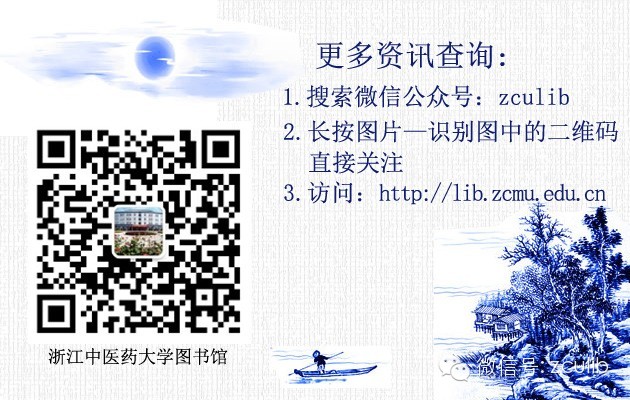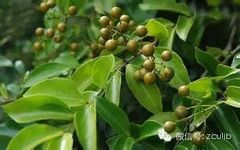
Does everyone know about the herbs mentioned in Jay Chou’s (周杰伦) “Compendium of Materia Medica”?
—— What are the “16 medicinal herbs” mentioned in Jay Chou’s “Compendium of Materia Medica”?
Ma Qian Zi (Strychnos nux-vomica), Jue Ming Zi (Cassia seed), Cang Er Zi (Xanthium fruit), Lian Zi (Lotus seed), Huang Yao Zi (Cinnabar), Ku Dou Zi (Bitter bean), Chuan Lian Zi (Melia toosendan), Shan Yao (Chinese yam), Dang Gui (Angelica sinensis), Gou Qi Zi (Goji berry), Lu Rong (Deer antler velvet), Gui Ling Gao (Tortoise shell pudding), Yun Nan Bai Yao (Yunnan Baiyao), Dong Chong Xia Cao (Cordyceps), Chan Su (Toad venom), Di Long (Earthworm)
—— Among the “16 medicinal herbs” mentioned in the song, not all are medicinal; Gui Ling Gao is a traditional medicinal dish.
—— Of the “16 medicinal herbs” mentioned, 9 are from the “Shen Nong’s Classic of Materia Medica”, only 1 is from the “Compendium of Materia Medica”, and the other 6 have various sources.
TCM Master Mode: The “16 Medicinal Herbs” in the Lyrics of “Compendium of Materia Medica”
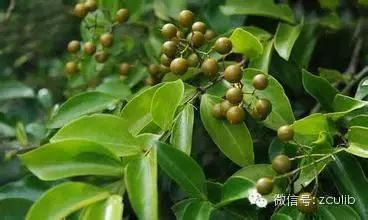
1、Ma Qian Zi (Strychnos nux-vomica) 《Compendium of Materia Medica》
Properties: Cold in nature, bitter in taste, enters the liver and spleen meridians, highly toxic. It has the effects of unblocking collaterals, relieving pain, dispersing masses, and reducing swelling.
Mainly used for treating traumatic injuries, swelling and pain from fractures, rheumatic pain, numbness and paralysis, carbuncles and sores, and sore throat.
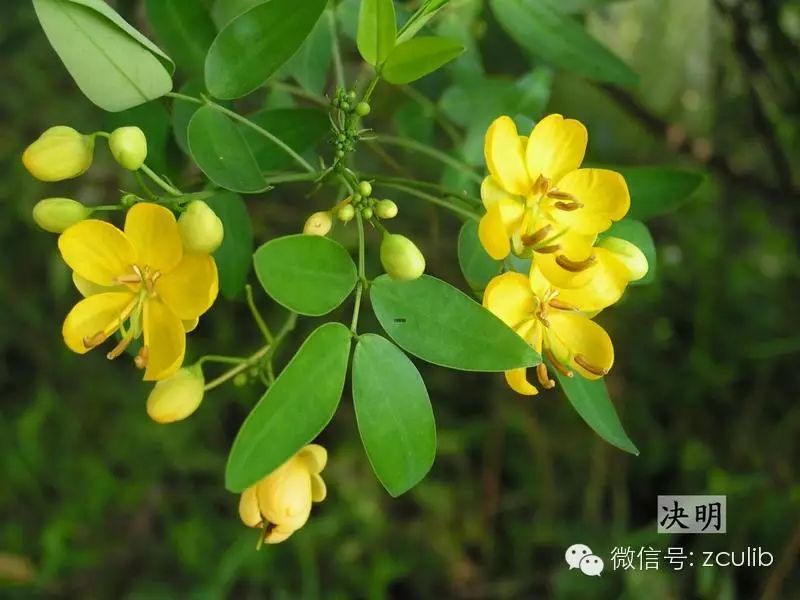
2、Jue Ming Zi (Cassia seed) 《Shen Nong’s Classic of Materia Medica》
Properties: Slightly cold, sweet, bitter, and salty in taste. Enters the liver and large intestine meridians. It has the effects of clearing the liver, brightening the eyes, and moistening the intestines to relieve constipation.
Mainly used for treating red, painful eyes, excessive tearing, dim vision, headaches, dizziness, and constipation.
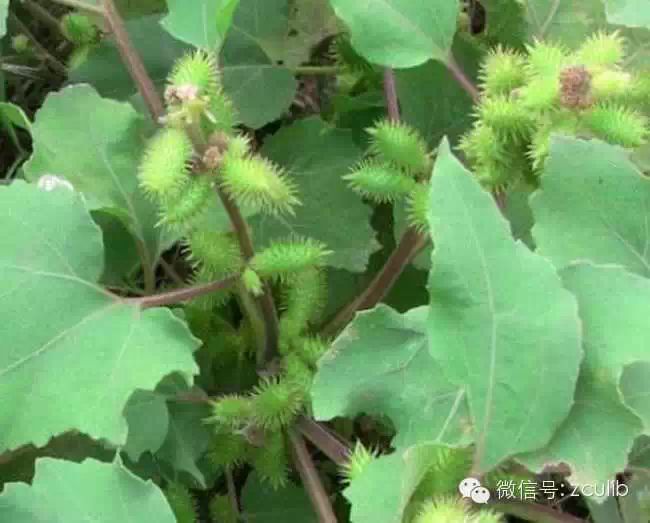 3、Cang Er Zi (Xanthium fruit) 《Shen Nong’s Classic of Materia Medica》
3、Cang Er Zi (Xanthium fruit) 《Shen Nong’s Classic of Materia Medica》
Properties: Warm, bitter, and pungent, toxic, enters the lung meridian. It has the effects of dispersing wind-cold, unblocking the nasal passages, dispelling wind-dampness, and relieving pain.
Mainly used for treating wind-cold colds, nasal congestion, rheumatic pain, and wind rash itching.
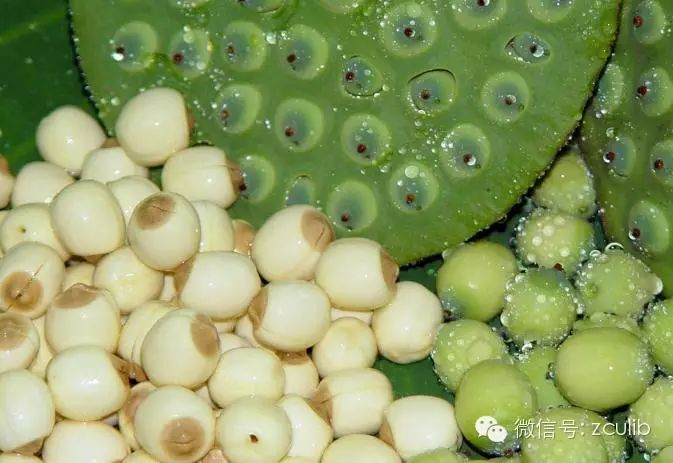
4、Lian Zi (Lotus seed) 《Shen Nong’s Classic of Materia Medica》
Properties: Neutral, sweet, and astringent in taste. Enters the spleen, kidney, and heart meridians. It has the effects of tonifying the spleen, stopping diarrhea, astringing the essence, and nourishing the heart to calm the spirit.
Mainly used for treating spleen deficiency diarrhea, leukorrhea, nocturnal emissions, and palpitations with insomnia.
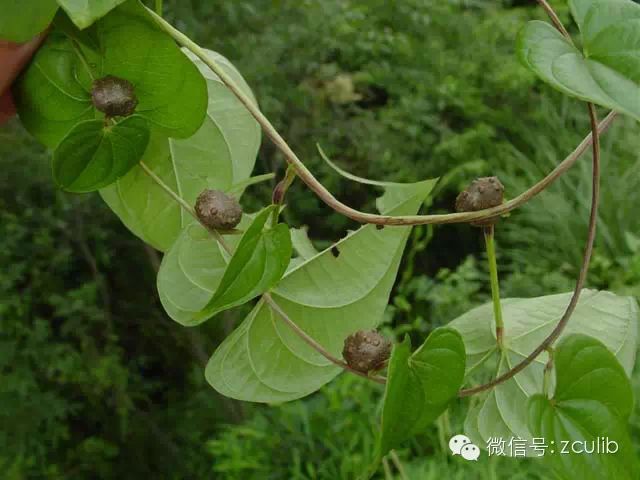
5、Huang Yao Zi (Cinnabar) 《Dian Nan Ben Cao》
Properties: Cold, bitter in taste. Enters the lung and liver meridians. It has the effects of detoxifying, reducing swelling, transforming phlegm, and cooling blood to stop bleeding.
Mainly used for treating goiter, lymph node tuberculosis, sore throat, hemoptysis, whooping cough, cancer, and external use for treating sores and boils.
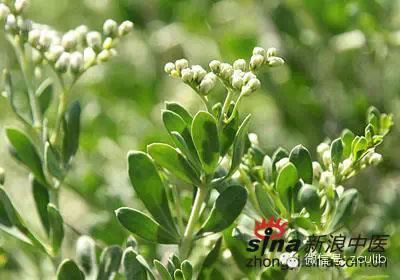
6、Ku Dou Zi (Bitter bean) 《Xinjiang Herbal Handbook》
Properties: Cold, bitter in taste. Enters the stomach and large intestine meridians. It has the effects of clearing heat, drying dampness, relieving pain, and killing parasites.
Mainly used for treating damp-heat diarrhea, stomach pain, acid reflux, eczema, stubborn ringworm, and excessive leukorrhea.
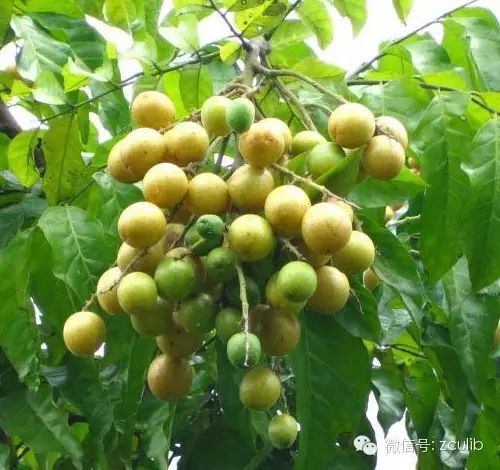
7、Chuan Lian Zi (Melia toosendan) 《Shen Nong’s Classic of Materia Medica》
Properties: Neutral, sweet in taste. Enters the liver, small intestine, and bladder meridians. It has the effects of soothing the liver, draining heat, promoting qi, relieving pain, and killing parasites.
Mainly used for treating liver qi stagnation with heat, chest and abdominal distension and pain, hernia pain, and abdominal pain due to parasites.
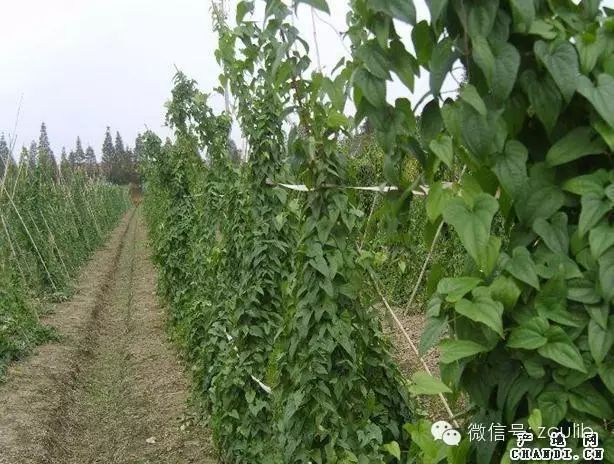
8、Shan Yao (Chinese yam) 《Shen Nong’s Classic of Materia Medica》
Properties: Neutral, sweet in taste. Enters the spleen, lung, and kidney meridians. It has the effects of tonifying the spleen and stomach, nourishing the kidney, and astringing essence.
Mainly used for treating spleen deficiency with poor appetite, chronic diarrhea, excessive leukorrhea, lung deficiency with cough and asthma, kidney deficiency with nocturnal emissions, frequent urination, and thirst due to deficiency heat.
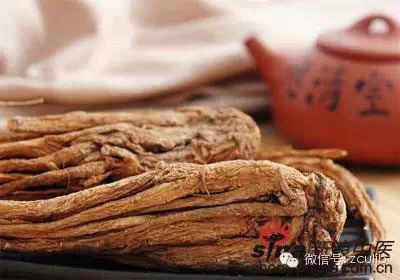
9、Dang Gui (Angelica sinensis) 《Shen Nong’s Classic of Materia Medica》
Properties: Warm, sweet, and pungent. Enters the liver, heart, and spleen meridians. It has the effects of nourishing blood, activating blood circulation, regulating menstruation, relieving pain, and moistening the intestines to relieve constipation.
Mainly used for treating blood deficiency with pale complexion, dizziness, palpitations, menstrual irregularities, dysmenorrhea, abdominal pain due to cold, rheumatic pain, traumatic injuries, and constipation due to blood deficiency.
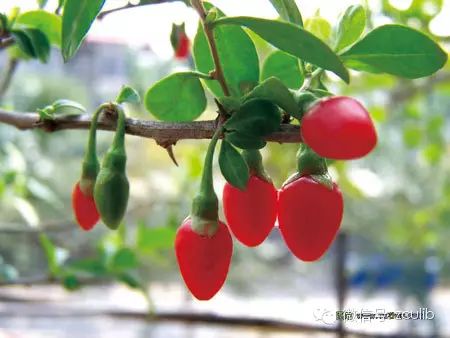
10、Gou Qi Zi (Goji berry) 《Shen Nong’s Classic of Materia Medica》
Properties: Neutral, sweet in taste. Enters the kidney and liver meridians. It has the effects of nourishing the liver and kidney, benefiting essence, and brightening the eyes.
Mainly used for treating liver and kidney yin deficiency, fatigue, low back and knee pain, dizziness, tinnitus, impotence, nocturnal emissions, internal heat with thirst, and blood deficiency with pale complexion.
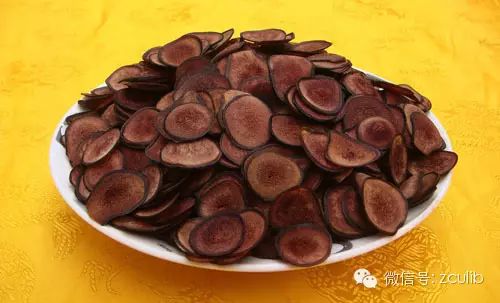
11、Lu Rong (Deer antler velvet) 《Shen Nong’s Classic of Materia Medica》
Properties: Warm, sweet, and salty. Enters the kidney and liver meridians. It has the effects of tonifying kidney yang, benefiting essence, strengthening bones and muscles, regulating the Chong and Ren meridians, and expelling toxins.
Mainly used for treating kidney yang deficiency, blood and essence deficiency, impotence, infertility, fatigue, cold intolerance, dizziness, tinnitus, cold pain in the lower back and spine, and chronic non-healing sores.
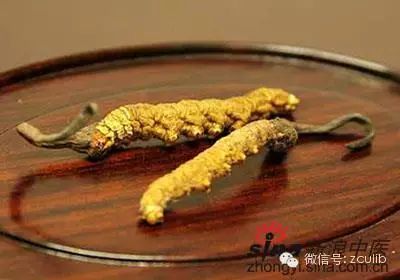
12、Dong Chong Xia Cao (Cordyceps) 《Ben Cao Cong Xin》
Properties: Neutral, sweet in taste. Enters the lung and kidney meridians. It has the effects of tonifying the kidney and benefiting the lung, stopping bleeding, and transforming phlegm.
Mainly used for treating kidney deficiency with essence deficiency, impotence, low back and knee pain, chronic cough with phlegm and blood.
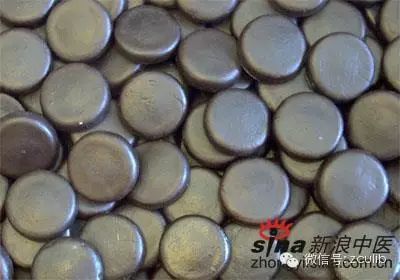
13、Chan Su (Toad venom) 《Yao Xing Ben Cao》
Properties: Warm, pungent. Enters the heart meridian. It has the effects of detoxifying, relieving pain, and opening the orifices to awaken the spirit.
Mainly used for treating carbuncles, sores, sore throat, toothache, heat stroke, and abdominal pain with vomiting and diarrhea.
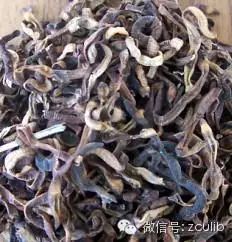
14、Di Long (Earthworm) 《Shen Nong’s Classic of Materia Medica》
Properties: Cold, salty in taste. Enters the liver, spleen, and bladder meridians. It has the effects of clearing heat, calming convulsions, unblocking collaterals, relieving asthma, and promoting urination.
Mainly used for treating high fever with delirium, convulsions, mania, joint pain, numbness, hemiplegia, lung heat with cough, and edema with reduced urination.
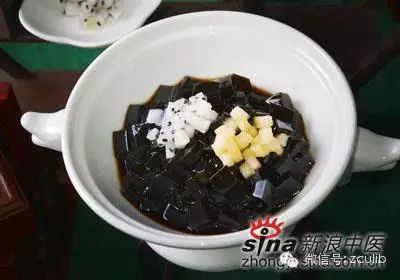
15、Gui Ling Gao (Tortoise shell pudding) Traditional Medicinal Dish
Gui Ling Gao is a traditional medicinal dish from Wuzhou with a long history, originally said to be a precious medicine exclusively for the emperor in the Qing Dynasty. The authentic Gui Ling Gao is made from protected species such as the golden coin turtle, Poria cocos, and licorice, forming a gelatinous pudding. In the late Southern Song Dynasty, Lu Xiufu and the imperial physician discussed and improved a health-preserving recipe that clears heat and dampness based on a traditional court recipe, incorporating local unique ingredients such as “cooling powder grass” to form the prototype of Gui Ling Gao. During the Yuan Dynasty, Lu Yao’s third-generation descendant, feeling the suffering of the people from damp heat, established the “Sheng He Tang” pharmacy based on ancestral recipes to benefit the world. Sheng He Tang selected unique herbs from Yashan, skillfully combining traditional methods with modern technology to extract from traditional ingredients such as cooling powder grass, Poria cocos, honeysuckle, dandelion, licorice, and turtle.
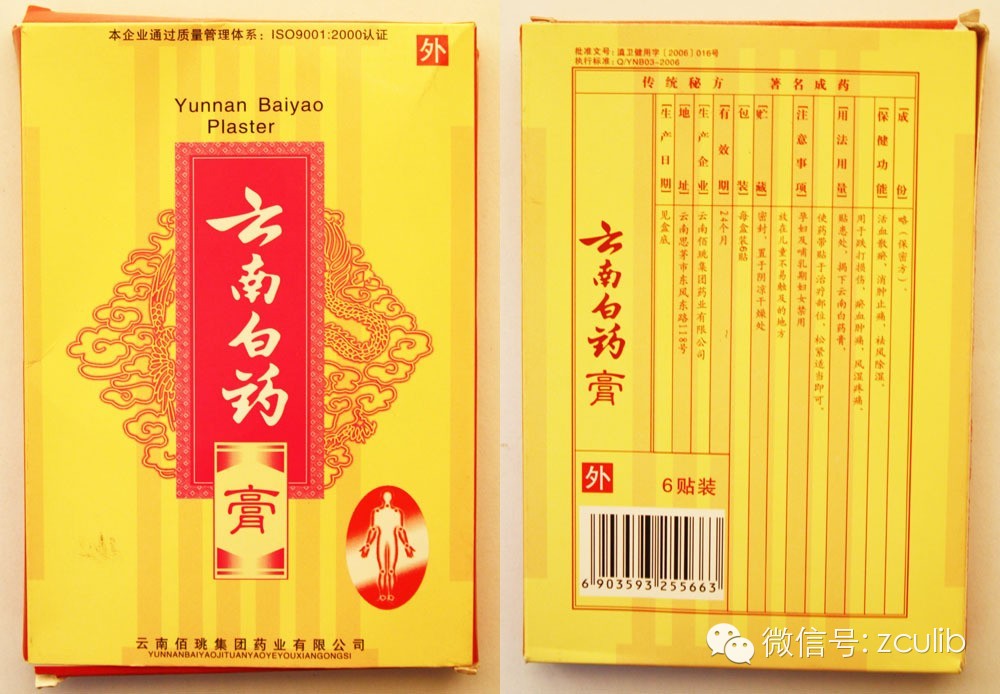
16、Yun Nan Bai Yao (Yunnan Baiyao)
Yun Nan Bai Yao was created by Qu Huan Zhang in 1902, originally named “Qu Huan Zhang’s Baibao Dan”. In 1916, Qu Huan Zhang submitted it to the Yunnan Provincial Government Police Department for inspection, and after passing, it was certified for public sale. In 1917, Yun Nan Bai Yao changed from paper packaging to ceramic bottle packaging, selling nationwide with a surge in sales. After 1923, during the chaotic political situation in Yunnan, Qu Huan Zhang researched the formula and summarized clinical experiences, enhancing the efficacy of Yun Nan Bai Yao, forming the concept of “one medicine transforms into three pills and one child”, namely the ordinary Baibao Dan, heavy Baibao Dan, and three heavy Baibao Dan. By this time, Baibao Dan had gained international fame, especially in Southeast Asia. In 1938, during the Battle of Taierzhuang, Qu Huan Zhang distributed 30,000 bottles of Yun Nan Bai Yao to the Nationalist government soldiers, and after this victory, the fame of Yun Nan Bai Yao spread nationwide. In 1955, Qu Huan Zhang’s wife, Miao Lanying, presented the formula to the People’s Republic of China government, after which Yun Nan Bai Yao began to be produced by other pharmaceutical companies. In 1992, China enacted the “Traditional Chinese Medicine Variety Protection Regulations”, and for over 20 years, Yun Nan Bai Yao has become one of the few nationally protected varieties.
Appendix: Lyrics of Jay Chou’s “Compendium of Materia Medica”
If Hua Tuo were to be reborn, all foreign diseases would be cured.
Foreigners come to learn Chinese characters, igniting my national consciousness.
Ma Qian Zi, Jue Ming Zi, Cang Er Zi and Lian Zi
Huang Yao Zi, Ku Dou Zi, Chuan Lian Zi I want face.
Using my way to rewrite history.
Nothing else, just follow me and recite a few words.
Shan Yao, Dang Gui, Gou Qi Zi GO
Shan Yao, Dang Gui, Gou Qi Zi GO
Look at me grab a handful of medicinal herbs, take a dose of pride.
My expression is relaxed, dancing casually.
Movements easy and free, you can’t learn it.
Neon signs, adjusting the state.
In the glamorous city, waiting to wake up.
My expression is relaxed, dancing casually.
Using calligraphy to write the dynasty, spreading internal strength.
With boldness, writing in regular script, giving a punchline.
In the end, lying flat, let’s see who is powerful.
What pills are refined, what pills are rolled.
Lu Rong slices can’t be too thin.
The master’s technique cannot be copied randomly.
Gui Ling Gao, Yun Nan Bai Yao and Dong Chong Xia Cao
My own music, my own medicine, just the right amount.
Listen to me say Chinese medicine is bitter, plagiarism should be even more bitter.
Quickly open the “Compendium of Materia Medica”, read some good books.
Chan Su, Di Long have crossed the rivers and lakes.
We must not lose the hard work of our ancestors.
It’s this light, it’s this light, let’s sing together.
(It’s this light, it’s this light, Hey~)
Let me adjust a remedy, specifically treating your foreign admiration’s internal injury.
Rooted in a thousand-year-old Han prescription, with powers unknown to others.
My expression is relaxed, dancing casually.
Movements easy and free, you can’t learn it.
Neon signs, adjusting the state.
In the glamorous city, waiting to wake up.
My expression is relaxed, dancing casually.
Using calligraphy to write the dynasty, spreading internal strength.
With boldness, writing in regular script, giving a punchline.
In the end, lying flat, let’s see who is powerful.
